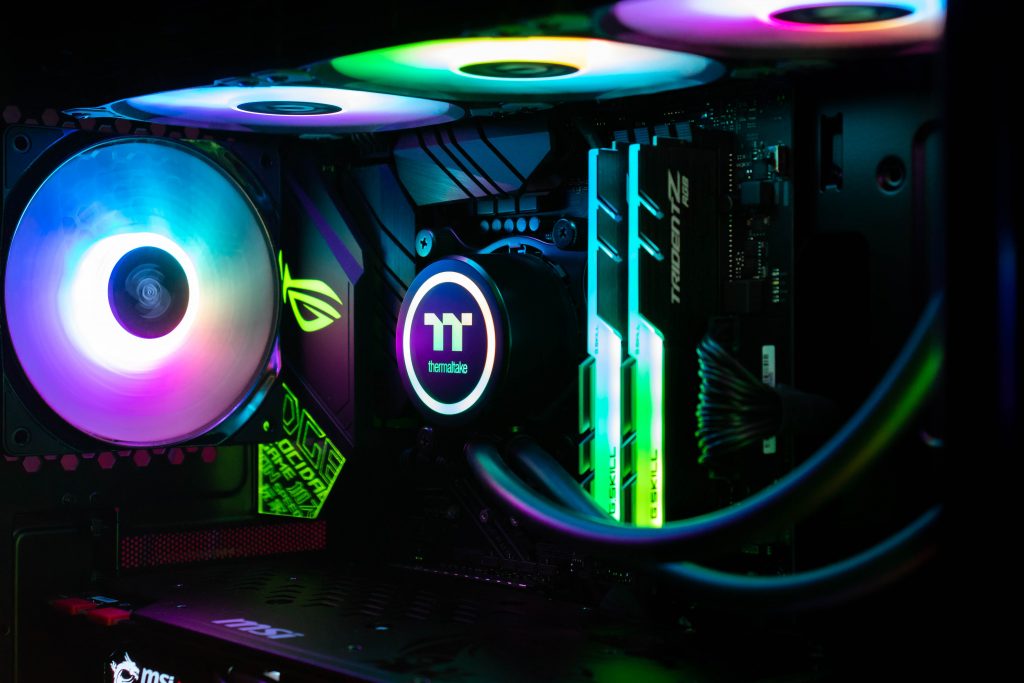When buying a monitor, you often come across the term sync in different variations. Sync is responsible for eliminating screen tearing, i.e. a torn image due to image artifacts. This happens automatically, because the graphics card always tries to fill up the corresponding hertz number in frames per second (FPS). Thus, at 30 FPS and a 60 hertz monitor, it tries to double the frames, which is why tearing eventually occurs. Of course, it is not enough to offer only one form of sync, which is why we shed a bit of light here.
V-Sync
Every monitor and also every game has this type of sync, since it is an older method of synchronization. You can optionally turn it on and off and specify the appropriate refresh cycle of, for example, 60, 90 or 120 hertz. Again, the performance depends on the graphics card. If it is not capable of displaying 120 fps at 120hz, there is an input lag, which is perceived as judder. Thus, V-Sync only becomes effective when there are more FPS than Hertz.
Nvidia Fast Sync
This type of sync should especially be used in E.Sport games like Overwatch or CS:GO, since they are played with very high FPS rates. 144 Hz are standard here. Since Fast Sync uses a triple buffer, the latency is reduced and screen tearing above the hertz is eliminated. However, this form of sync is only available in Nvidia graphics cards.
Nvidia G-Sync

This type of sync also only works with Nvidia graphics cards. The corresponding G-Sync chips also have to be certified by Nvidia so that monitors can be sold as G-Sync monitors. G-Sync is responsible for buffering images so that screen tearing is prevented. For this, the chip inside the monitor works independently of the graphics card. The PC uses this kind of sync when the FPS is lower than the monitor’s hertz, so there is no input lag.
You often see monitors that are G-Sync compatible, which means that they do not have native G-Sync from Nvidia. Only FreeSync monitors that support the VESA DisplayPort Adaptive Sync protocol are awarded, which provide a basic experience comparable to G-Sync. Thus, owners can connect common FreeSync monitors from the GTX 10xx onwards to use Adaptive Sync. Mostly, a DisplayPort instead of HDMI is required for this.
AMD FreeSync
This is a synchronization from AMD that theoretically does the same job as Nvidia G-Sync. However, a cost-intensive chip is not installed in the monitor for FreeSync, since this type of sync works purely via software and hardware. An HDMI cable is also sufficient to connect a FreeSync monitor.
Adaptive Sync
This type of sync is the basic building block of FreeSync and has since been replaced by it. Adaptive Sync can also be found in smartphones and some TVs. Meanwhile, FreeSync and Adaptive Sync express the same thing.